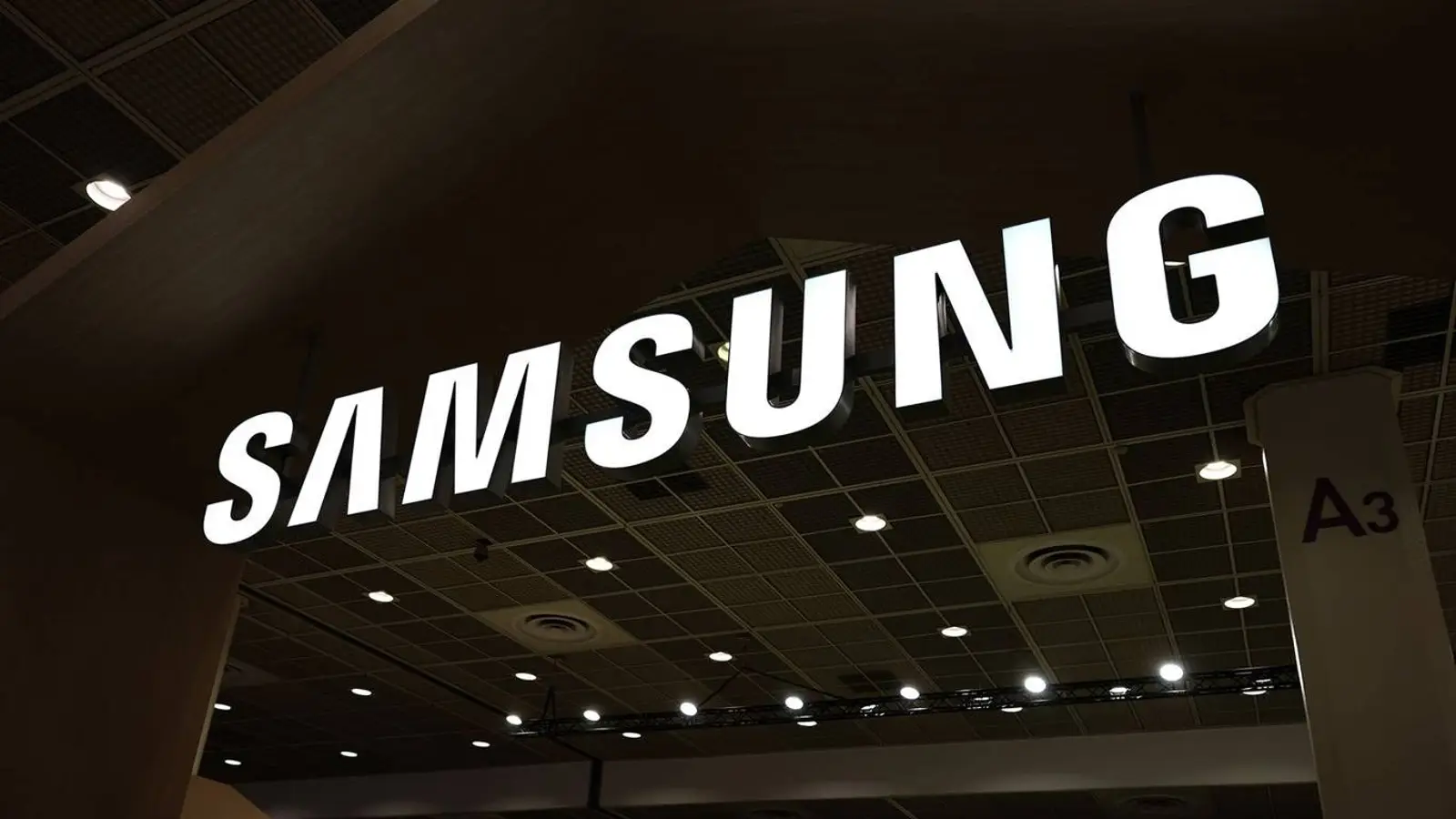Samsung begins early development of High Bandwidth Flash (HBF) for AI and data centers
Samsung starts work on High Bandwidth Flash (HBF) to relieve NAND SSD bottlenecks in AI data centers, weighing SanDisk/SK Hynix vs Kioxia paths and risks.
Samsung starts work on High Bandwidth Flash (HBF) to relieve NAND SSD bottlenecks in AI data centers, weighing SanDisk/SK Hynix vs Kioxia paths and risks.

© A. Krivonosov
South Korean outlet fnnews reports that Samsung Electronics has kicked off the early development of High Bandwidth Flash (HBF) — a new class of high-speed flash memory aimed at data centers and artificial intelligence systems. The company has moved into conceptual design and preliminary research, while exact specifications and launch timelines remain undecided.
Across the industry, two approaches to HBF are taking shape. One is the so‑called “NAND version of HBM,” first proposed by SanDisk and backed by SK Hynix. The other comes from Kioxia, previously shown as a PCIe device with multi‑terabyte capacity and high throughput. That dual-track landscape leaves Samsung with a strategic choice, and for now it’s unclear which path it will follow.
At the scale of modern AI, conventional NAND‑based SSDs are increasingly a choke point: they struggle to keep up with immense data volumes under heavy workloads. In response, vendors are exploring middle tiers between NAND and DRAM. Samsung’s own Z‑NAND could prove useful at the MLS/SLM layer, striking a balance between speed and reliability.
Against this backdrop, HBF is emerging as the next hot front in the storage market, with leading memory makers looking to secure their positions before infrastructure demand peaks. The direction of travel is evident: whoever builds a credible, end‑to‑end stack first will shape how this category matures.
Judging by the available details, stepping into high‑bandwidth flash could give Samsung a real edge in AI infrastructure. The company already holds building blocks such as Z‑NAND, a full memory manufacturing and packaging chain, and strong footing in AI‑server ecosystems — advantages that make it easier to adapt quickly and deliver integrated data‑center products.
There are, however, clear risks. Flash still lags DRAM in latency and reliability; the market will need standardization and broad ecosystem support; and competitors like SanDisk and SK Hynix are advancing their own designs. Thermal constraints and cost may further slow adoption. Samsung’s success will hinge on whether it can outpace alternative routes, from CXL modules to AI‑SSDs.